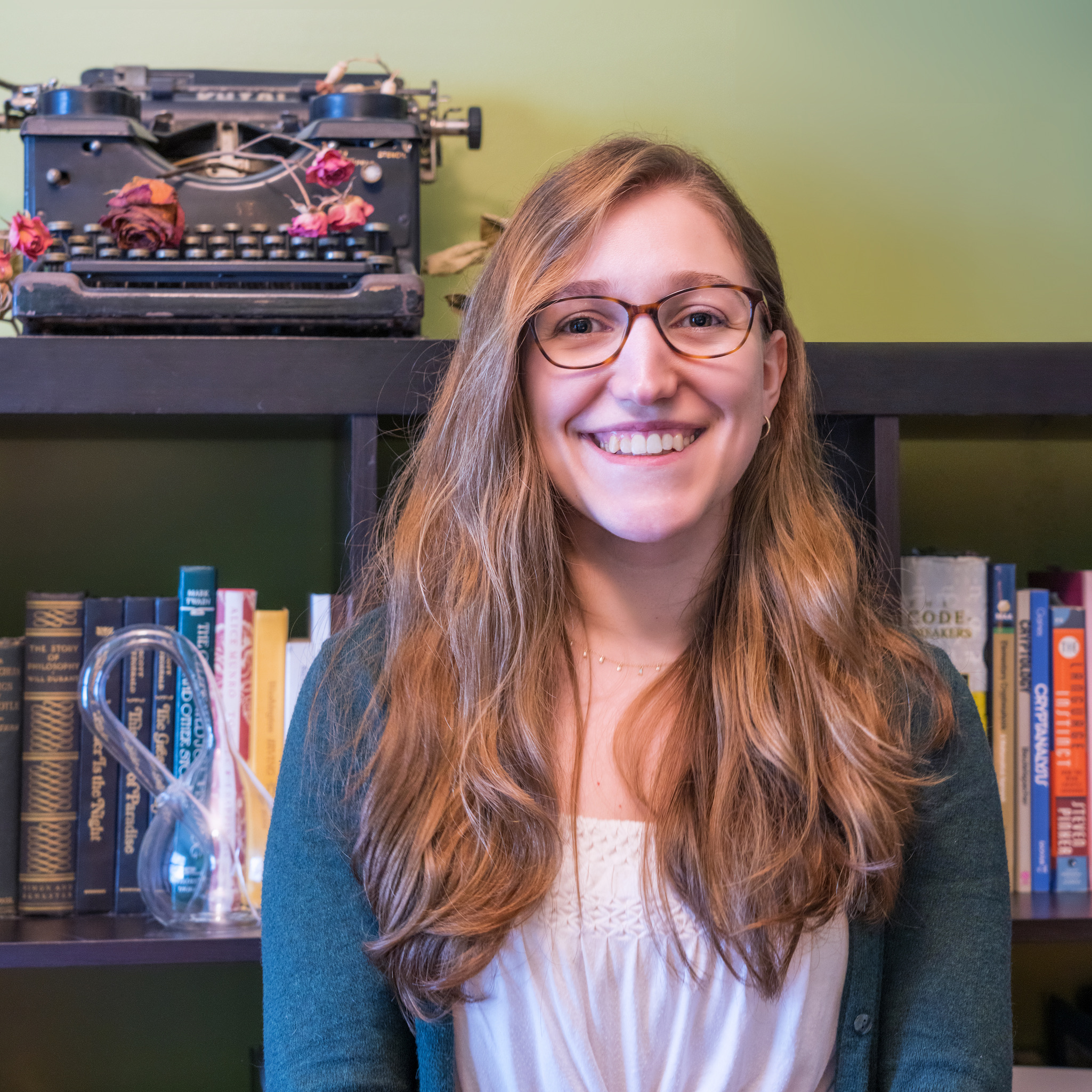Research Interests
My current research is focused on the application of machine learning and computer vision to biology (imageomics) and ecology, focused on data-driven discovery, all while ensuring such products are FAIR and reproducible. My prior research centered on harmonic analysis, geometric measure theory, and number theory, extending into quantum computing. I have extensive experience in data exploration and analysis, curating datasets large and small for various machine learning (ML) and computer vision (CV) projects recognized in large and small venues.
Highlighted Projects
Harnessing the Data Revolution (HDR) Institutes Joint Science-based ML Challenge, Imageomics Challenge Lead
- Scientific Modeling out of distribution (Scientific-Mood) ML Challenge—-Running through January 2026. Join the challenge now!
- Anomaly Detection in Scientific Domains
Collaborative Distributed Science Guide, Project Lead
- Template Guide for FAIR and Reproducible research, with a focus on interdisciplinary groups. Based on, and now contributing to our Imageomics Guide for FAIR and Reproducible Collaborative Science.
BioCLIP and BioCLIP 2, Data Lead
FAIR Data Access and Validation:
- cautious-robot, Project Lead
- sum-buddy, Project Co-Lead
- distributed-downloader, Project Co-Advisor
Datasets:
Data Visualization:
Other Cool Projects:
- Bucket-o-Bugs: Project from BeetlePalooza, now incorporated into Mothbox.
- pybioclip
- Imageomics Catalog: Fun experiment using Gemini to initialize a catalog website for Imageomics’ digital products, now supervising further development.
Mathematics:
- Lattice Point Counting through Fractal Geometry and Stationary Phase for Surfaces with Vanishing Curvature (Dissertation)
- Lattice Points Close to the Heisenberg Spheres with Prof. K. Taylor
Quantum Computing:
- Asymmetric Cloning to Eavesdrop on BB84 Protocol: QuForce Innovation Fellows Project, Paper & Paper Code
Topological Data Analysis (TDA):
- Understanding NFL Special Teams Plays through Topological Data Analysis (TDA): Erdős Project & Phase 2 Code
Mathematics
During my graduate studies, I worked with my advisor, Professor Krystal Taylor, to answer questions at the intersection of harmonic analysis, number theory, and geometric measure theory. Our primary project was counting lattice points on surfaces (with and without vanishing curvature) utilizing techniques in harmonic analysis.
Our paper, Lattice Points Close to the Heisenberg Spheres, was published in La Matematica in March 2023, and can also be found on arXiv. My dissertation, Lattice Point Counting through Fractal Geometry and Stationary Phase for Surfaces with Vanishing Curvature, is available on OhioLink and ProQuest.
I have recently started reading more on lattice-based cryptography as a post-quantum alternative to RSA and other systems. I am interested in pivoting my research into the cryptology or quantum sphere as a natural extension of my mathematics background and earlier cryptographic research.
Quantum
My last quantum research project was studying the practical effect of the circuit design on the implementation of asymmetric phase-covariant cloning applied to the BB84 Protocol for quantum key distribution. This was an extension of my QuForce Innovation Fellows project (working with Brian Pigott and Hardik Routray) to determine the theoretical optimal strategy for asymmetric cloning on a quantum channel (minimizing disturbance while maximizing information gain). The experimental aspect of our research was performed on IonQ’s 11-qubit quantum computer (utilizing the Qiskit SDK) and on IBM’s publicly available quantum computers.
I presented on our work at the 2023 APS March Meeting. Our results have been published in the International Journal of Quantum Information (Eavesdropping on the BB84 protocol using phase-covariant cloning: Experimental results) and are also available on arXiv; the associated code is on GitHub.
